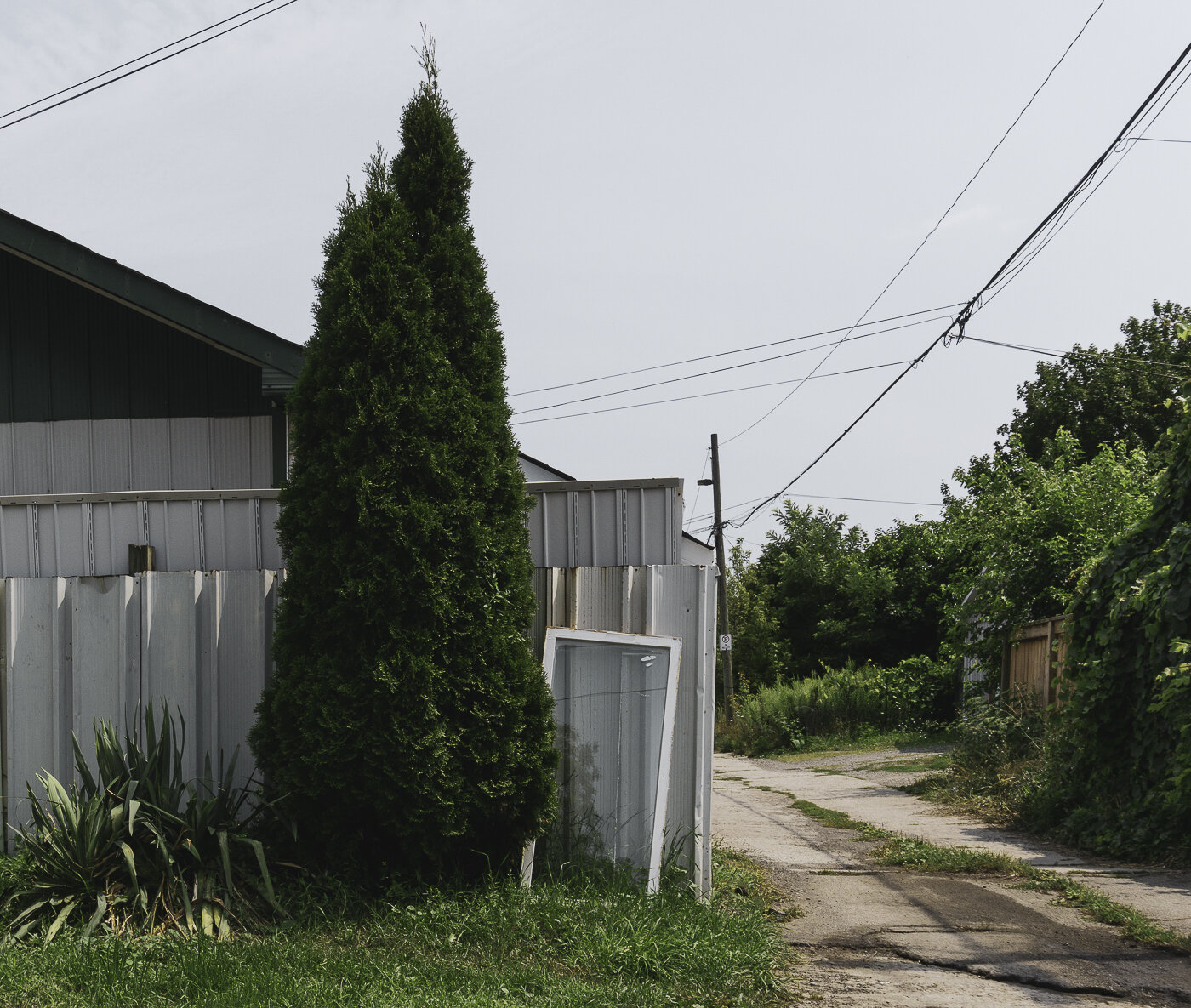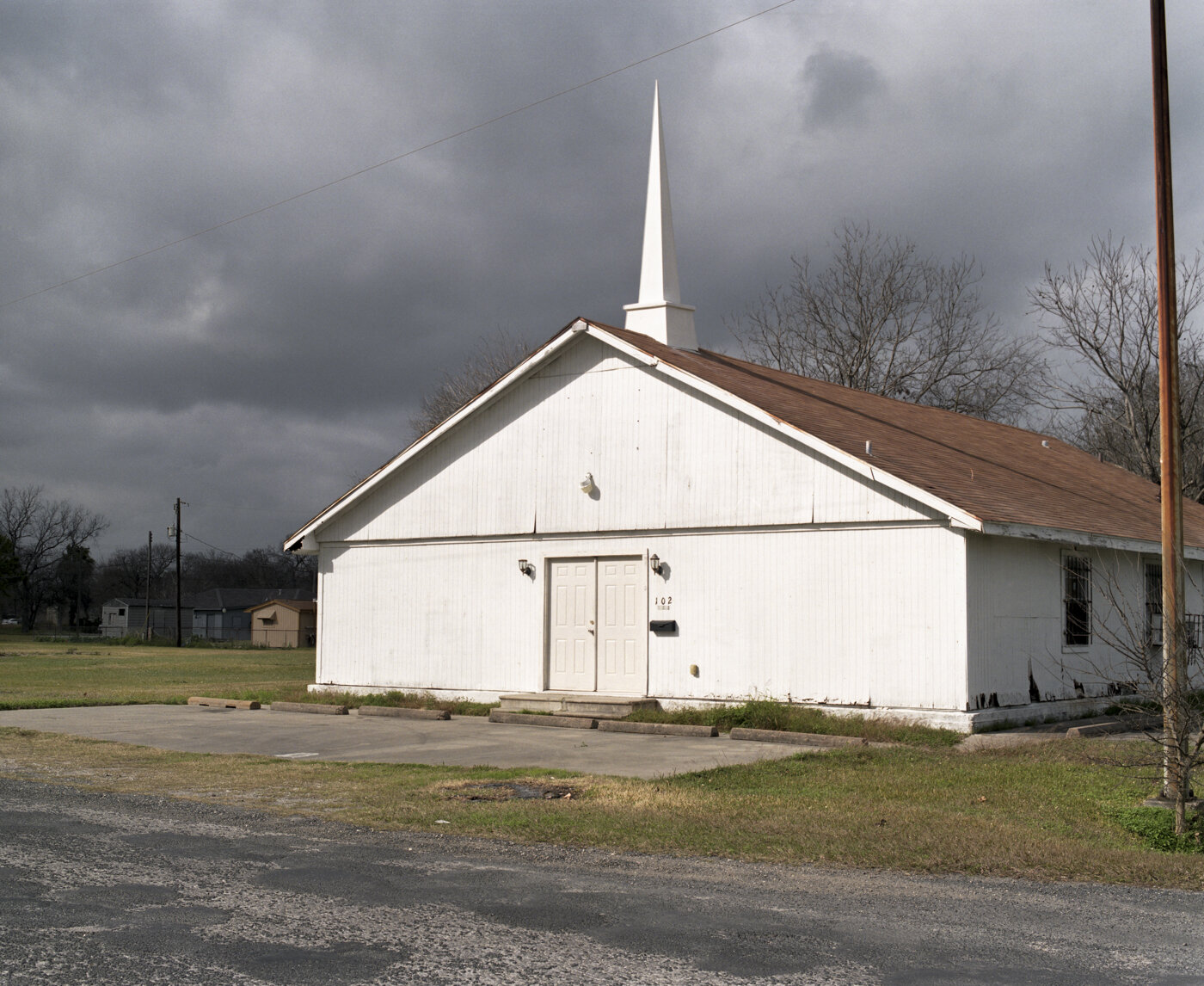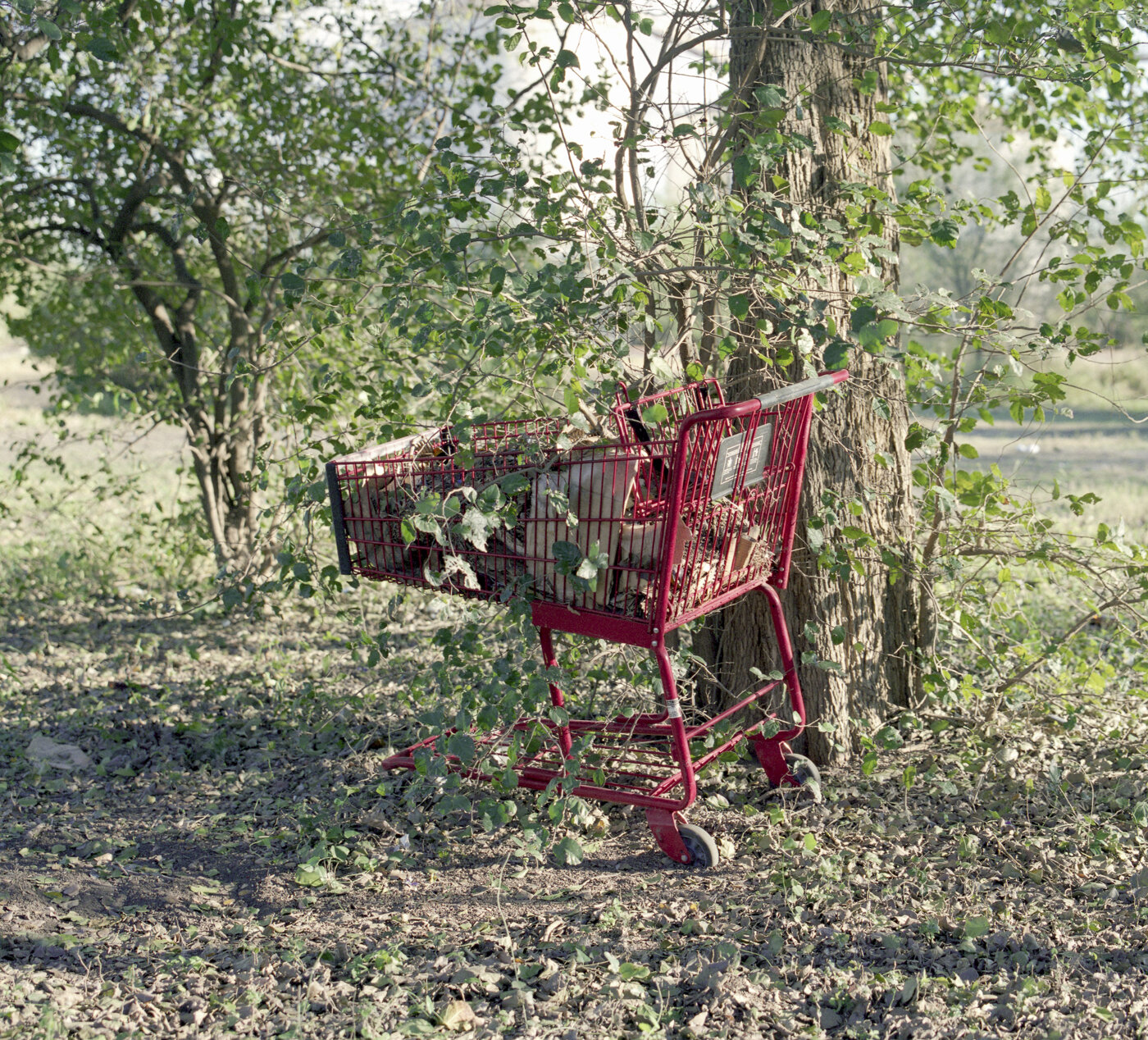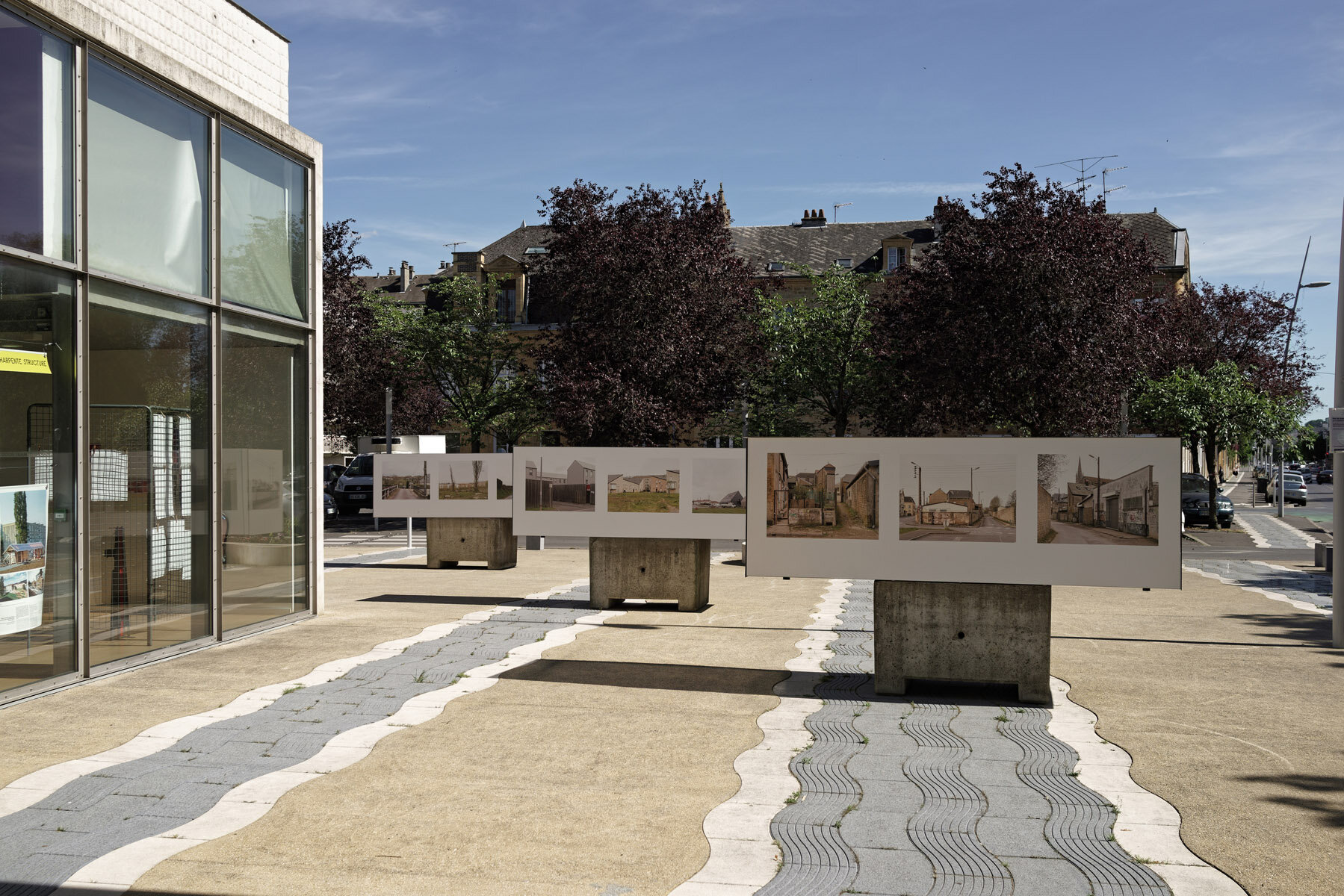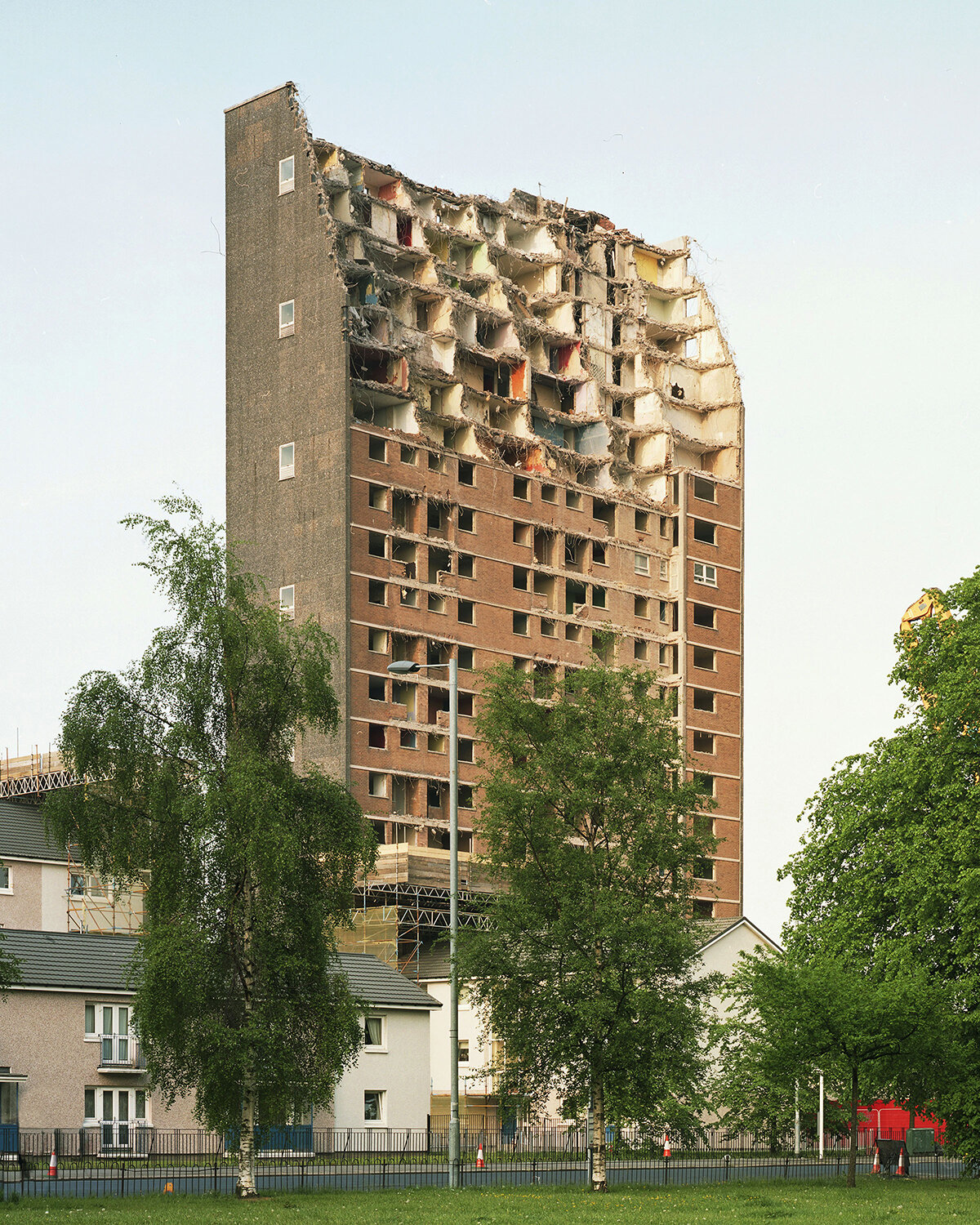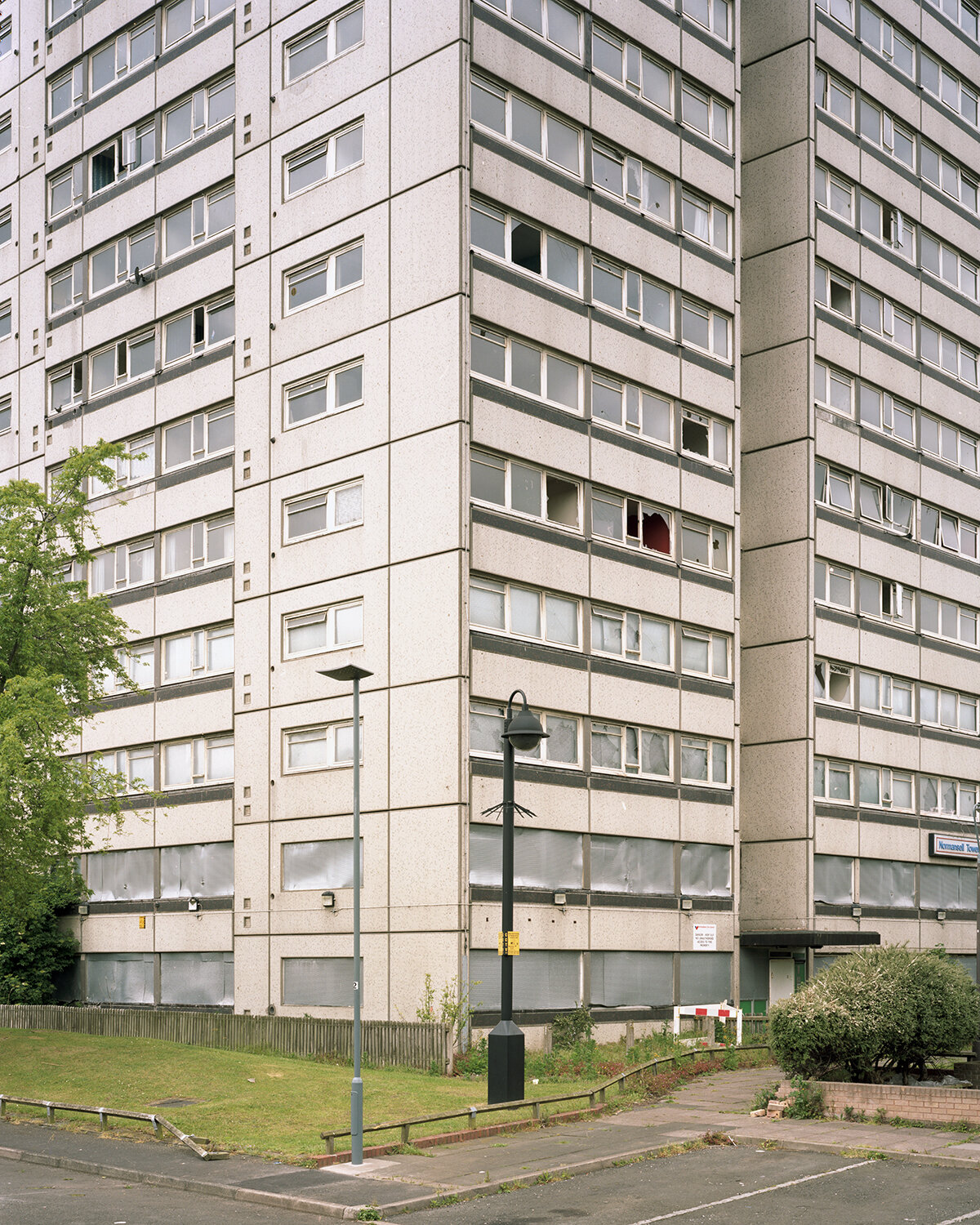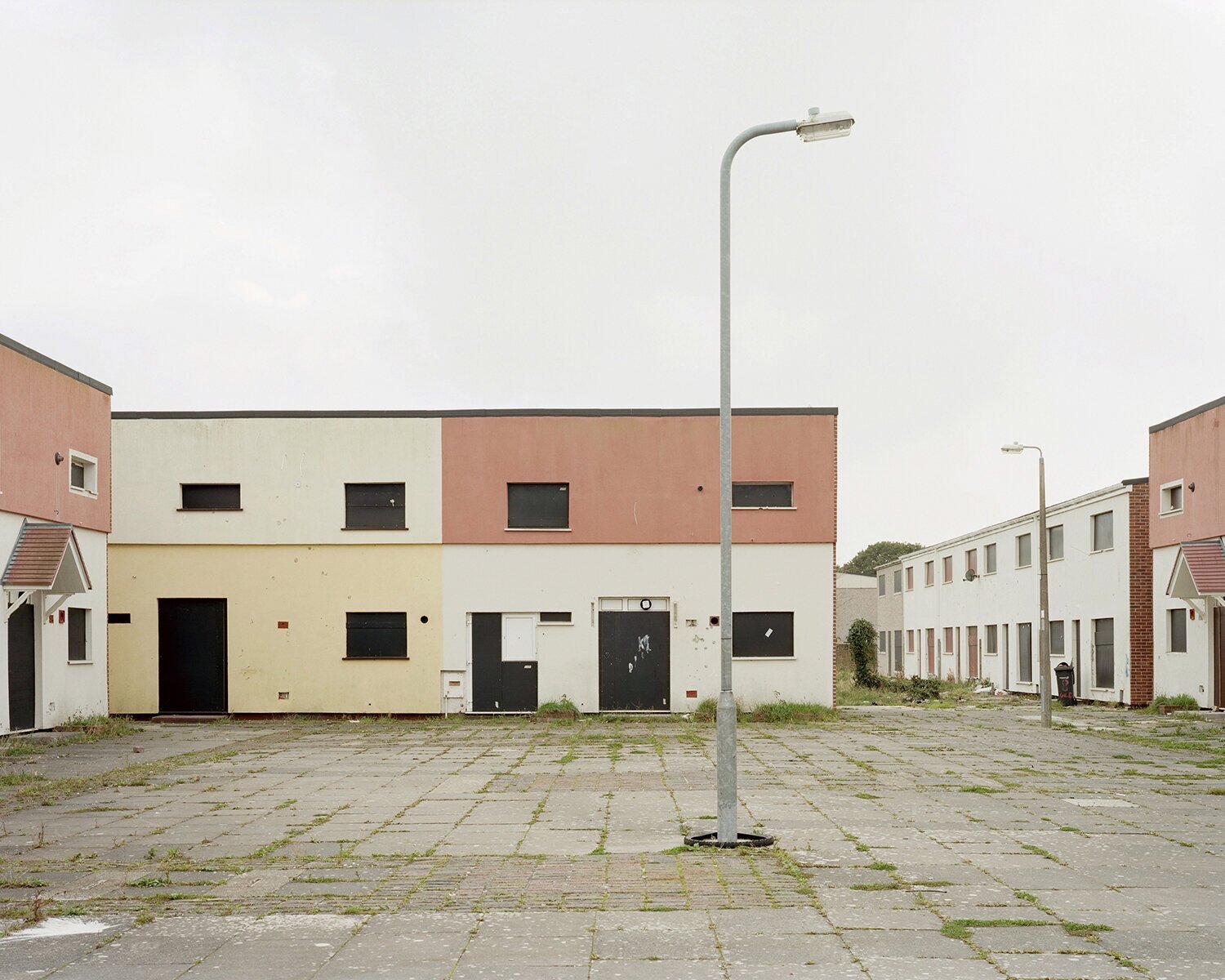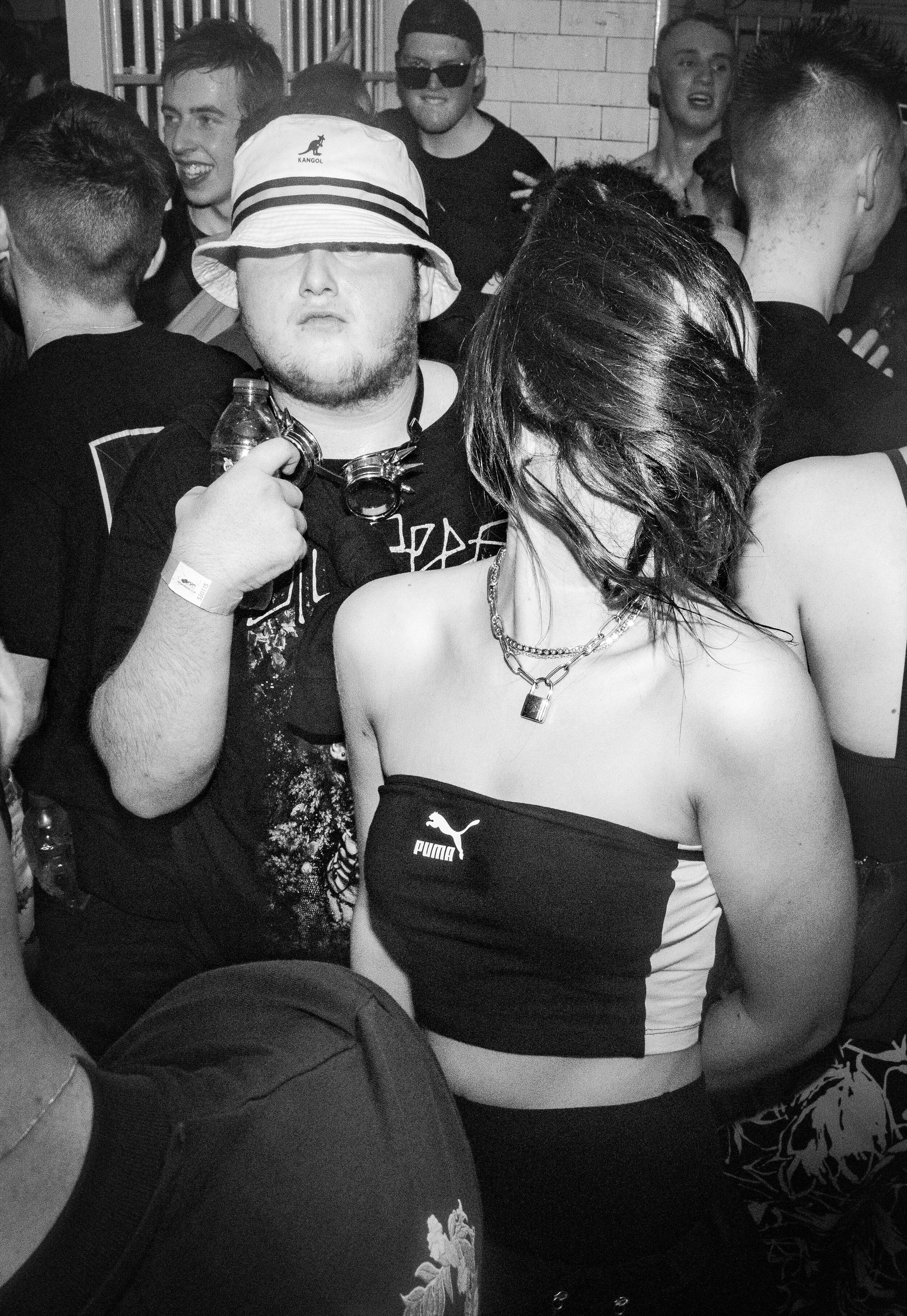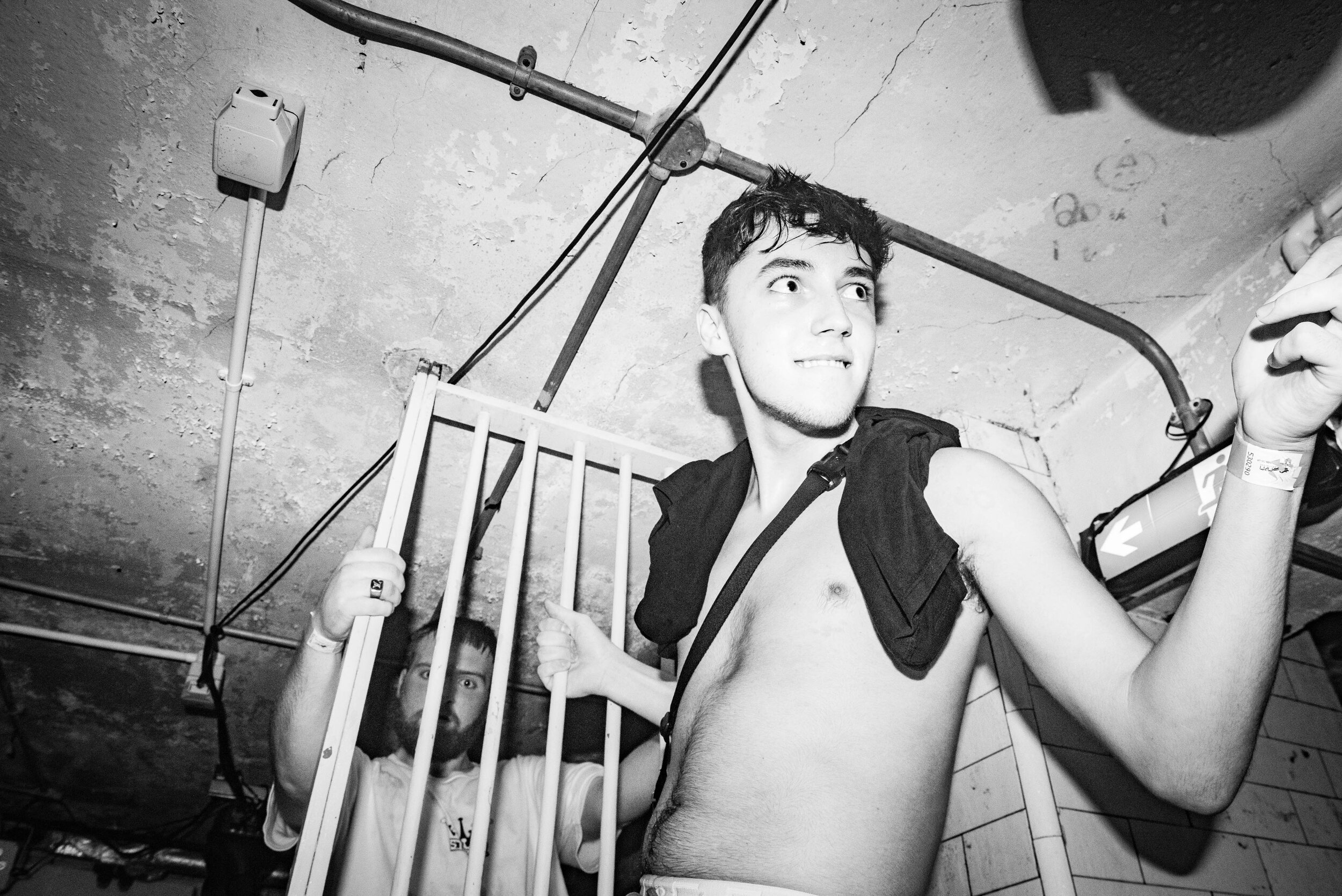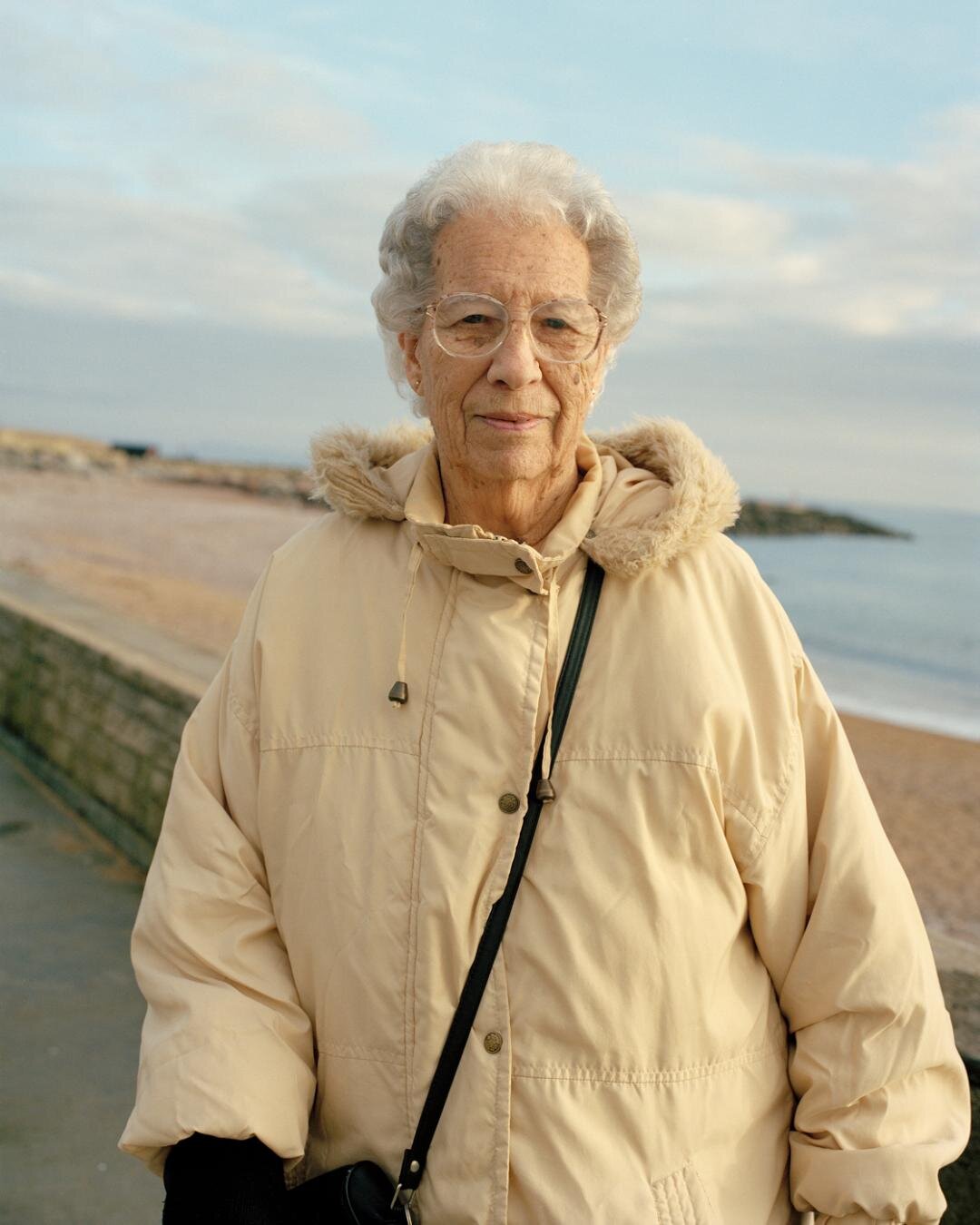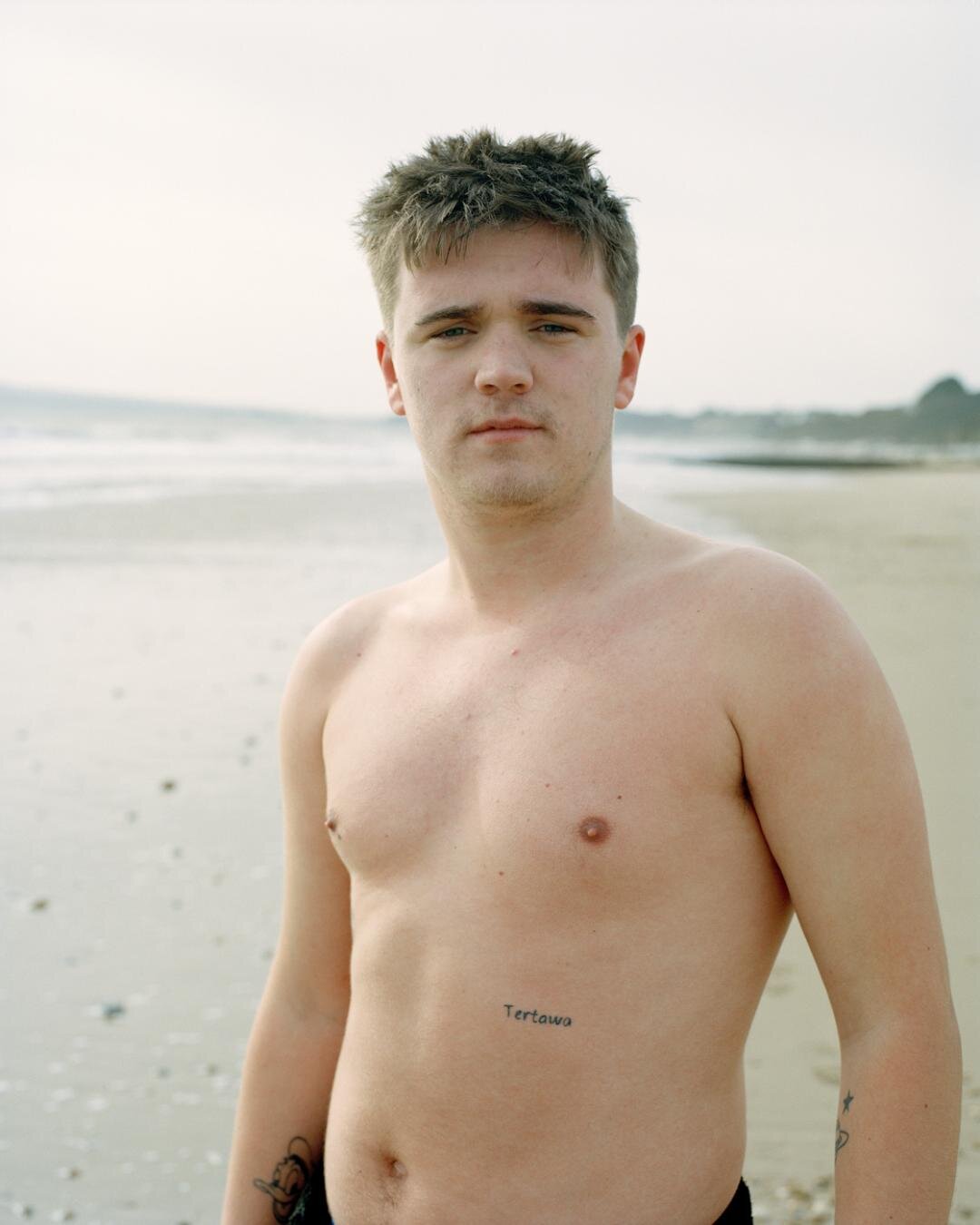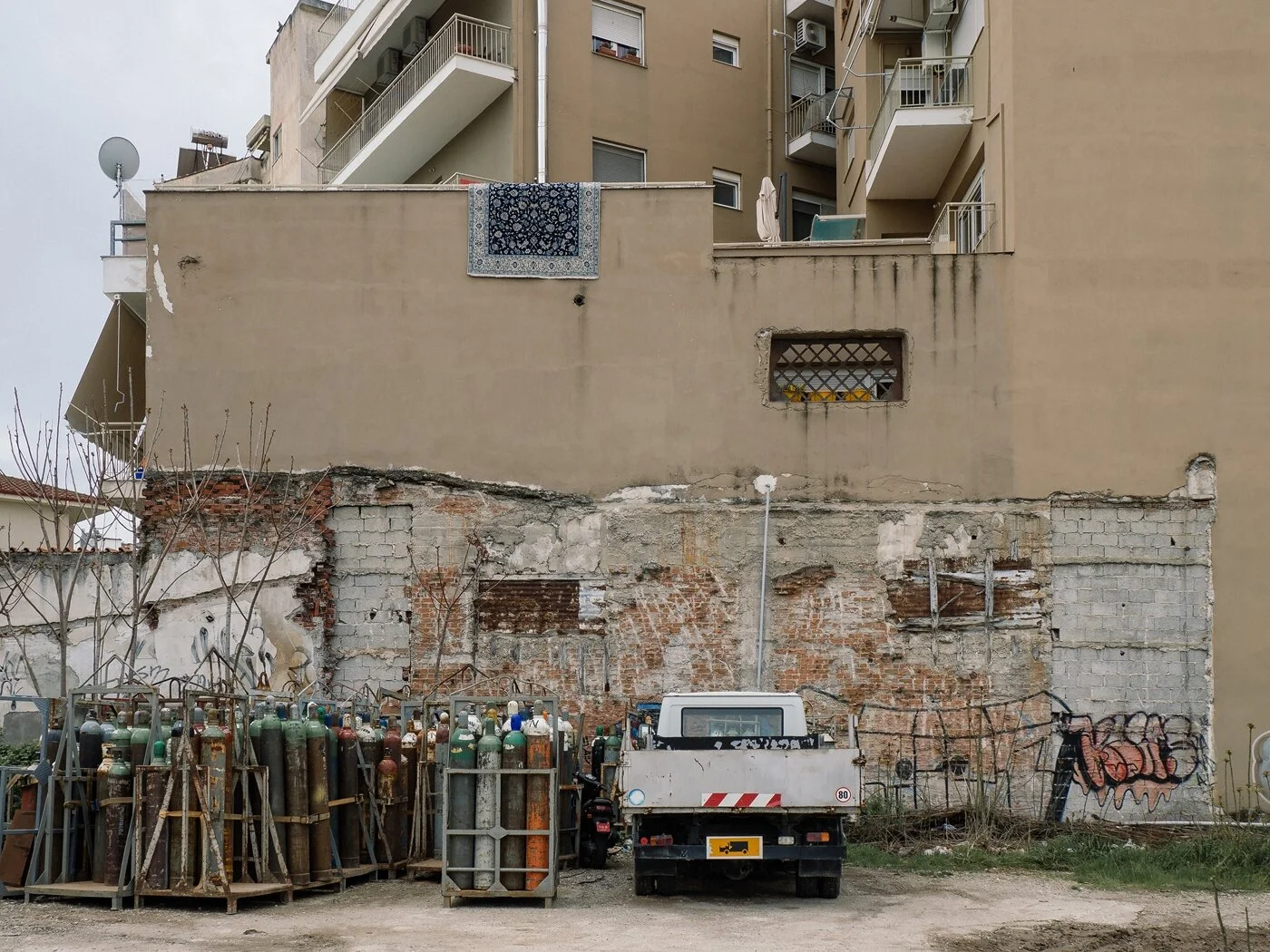MAP6 photographer Paul Walsh is part of a new publication released by The Velvet Cell. Chronicles is a collection of five small projects by five different photographic artists who also include Hans Schlimbach, Maarten Vromans, Miguel Henriques, and Sam Oberter. Presented in a box with accompanying text, each of the projects comes as its own separate booklet. Included is Paul Walsh’s series Bokštas 25, where he circumnavigated the Televizijos Bokštas 25 times on foot, photographing the TV tower from different views across the city of Vilnius in Lithuania.
5 Separate Booklets
Softcover, Staple Binding
Digital Printing
Limited Edition of 100
CRN001
Free Shipping to EU + UK
€18.50
You can purchase Chronicles from the Velvet Cell website here.

























